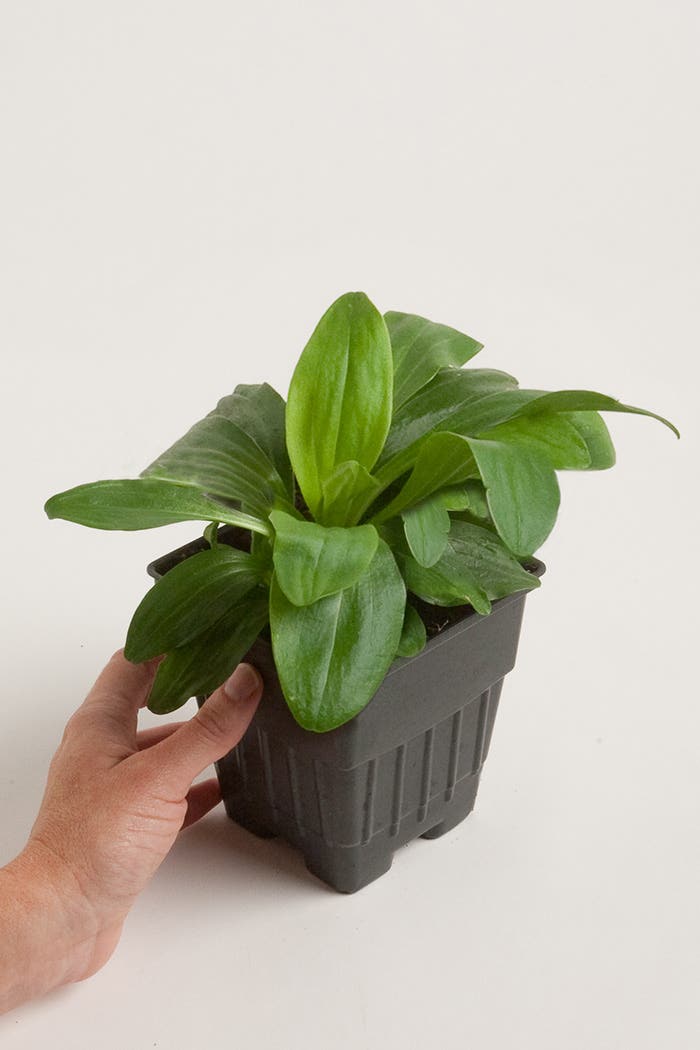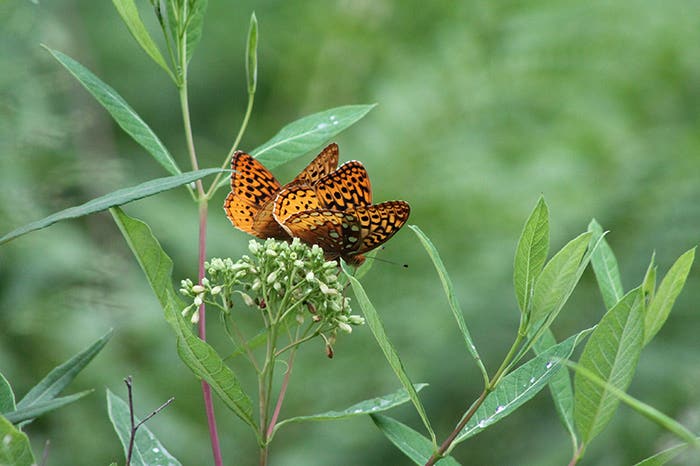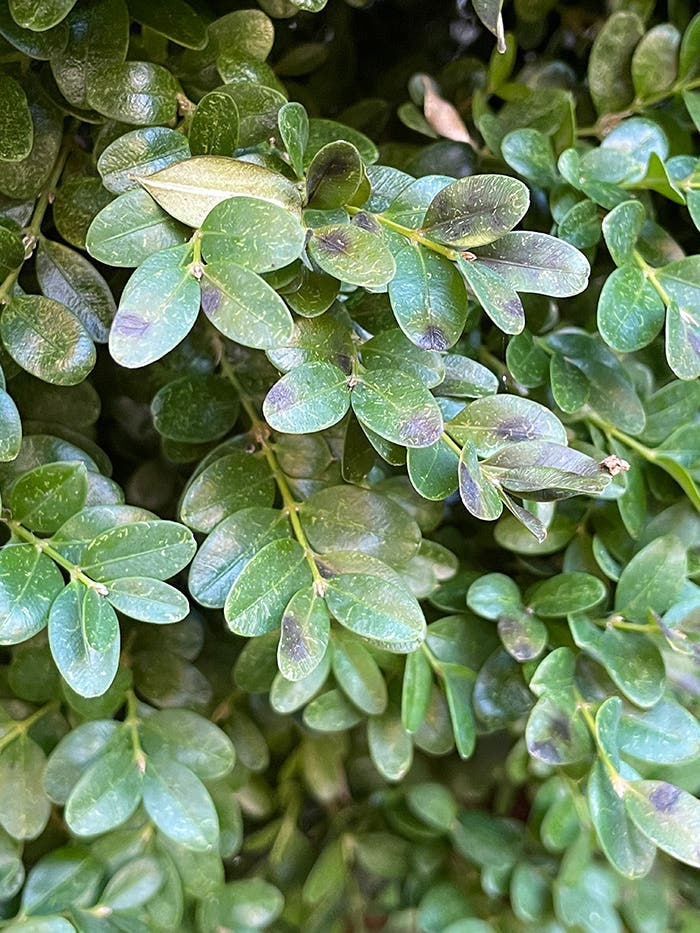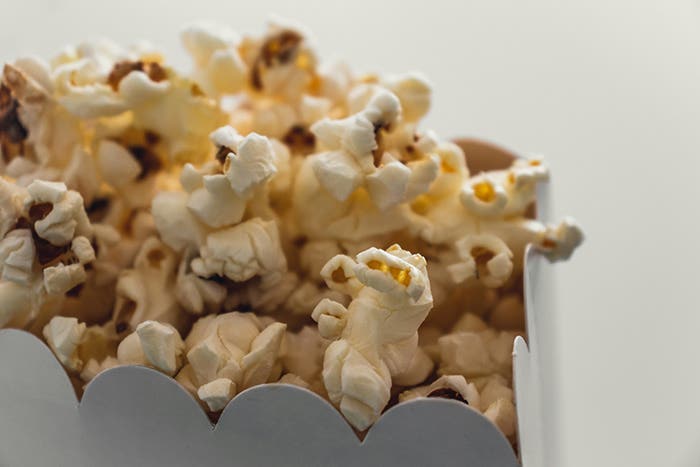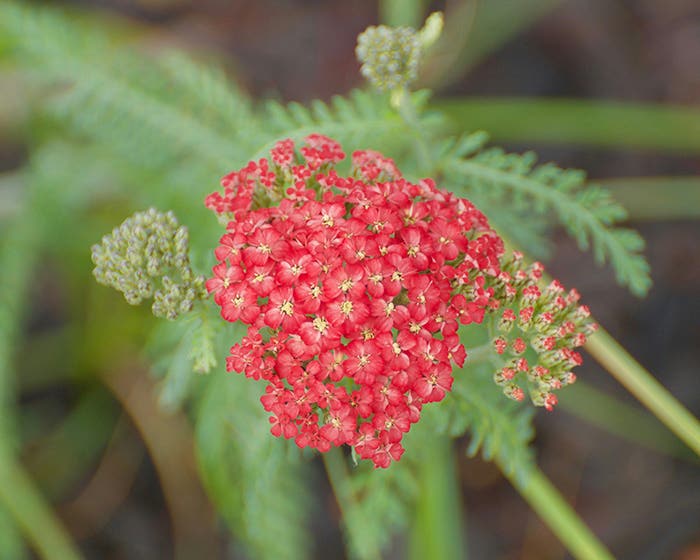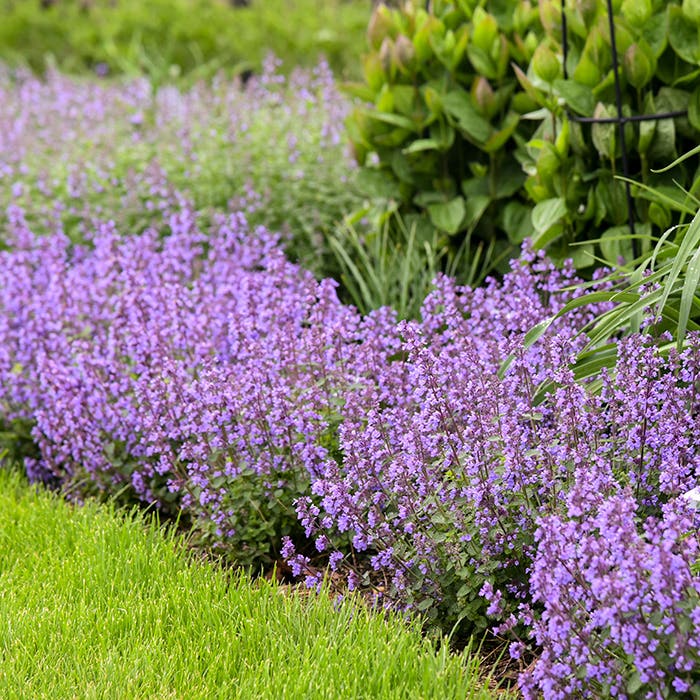Best Plants for Pollinators, Listed by Region
This hummingbird moth loves its zinnia.
Seeking a few good plants for pollinators in your area? Here’s what experts recommend as a place to start. This list was compiled for Horticulture by garden writer Paige Embry.
For more ideas, visit pollinator.org/guides. There, you can enter your ZIP code and receive a free, downloadable planting guide tailored to your locale.
Pacific Northwest—Gail Langellotto, Professor of Horticulture at Oregon State University
Zinnias should be planted for both butterflies and bees. Wild lilacs (Ceanothus spp.) attract bees in droves with their blue flowers. Oceanspray (Holodiscus discolor) offers frothy white flowers for small native bees and butterflies, plus good cover for birds.
California—The Urban Bee Lab at UC Berkeley
California lilac (Ceanothus spp.) and California poppies (Eschscholzia californica) are good choices for spring bloom. Summer-blooming bog sage (Salvia uliginosa) needs water but attracts hummingbirds, monarch butterflies and many bees. Tickseed (Coreopsis grandiflora) cultivars attract many bees; ‘Flying Saucers’, ‘Sunny Day’ and ‘Tequila Sunrise’ are the best.
Southwest—Matthew Shepherd of the Xerces Society for Invertebrate Conservation
California poppies (Eschscholzia californica) offers yellow or orange flowers in full sun and dry, poor soil. Silvery lupine (Lupinus argenteus) attracts many butterflies and native bees with its purple flowers. Wild buckwheat (Eriogonum umbellatum) attracts butterflies and insects that prey on pests.
Great Plains, Intermountain West—David Salman of High Country Gardens
Agastache ‘Blue Blazes’ attracts bees, butterflies and hummingbirds. Asclepias tuberosa Clay Form works well for both clay and loam soils, while most selections grow only in sandy soils. Allium ‘Millenium’, a midsummer bloomer that attracts butterflies, native bees and honeybees.
Midwest—Mike Arduser of the Missouri Department of Conservation
Trees can support native pollinators; try redbud (Cercis canadensis) to feed native bees, plus prairie willow (Salix humilis) and native plums as butterflies’ larval hosts. For shrubs, plant blueberries and New Jersey tea (Ceanothus americanus), which is a larval host for several butterflies. Purple prairie clover (Dalea purpurea) and showy goldenrod (Solidago speciosa) attract native bees and butterflies.
Southeast—Matthew Shepherd of the Xerces Society for Invertebrate Conservation
Eastern smooth beardtongue (Penstemon laevigatus) feeds bees with its summer flowers. Blazing star (Liatris spicata) has fuzzy spikes of purple flowers for native bees, butterflies and hummingbirds. Spotted beebalm (Monarda punctata) tolerates drier conditions better than the oft-planted M. fistulosa.
Mid-Atlantic, Northeast—Connie Schmotzer of Penn State Extension
Pycnanthemum muticum ranked first in trials for both number and diversity of pollinators. Known as mountain mint, it also attracts predators and parasites of the brown marmorated stink bug and it blooms for 10 weeks. Eupatoriadelphus dubius was the best butterfly attractor in 2012 trials; it's a species of joe-pye weed reaching just 3 to 4 feet tall and great for gardens with average to moist soil. Solidago nemoralis is a short goldenrod (18 to 24 inches) that grows in poor soil and becomes covered with pollinators in the late season. Butterfly milkweed, or Asclepias tuberosa, attracts many pollinators and acts as a host plant for monarch butterflies.
Image credits:
Silvery lupine by Andrey Zharkikh/CC BY 2.0
Allium ‘Millenium’ courtesy Walters Gardens
Showy goldenrod by LEONARDO DASILVA/CC BY 2.0
Spotted beebalm by jonnx12/CC BY-SA 2.0
Butterfly milkweed by John Flannery/CC BY-ND 2.0


